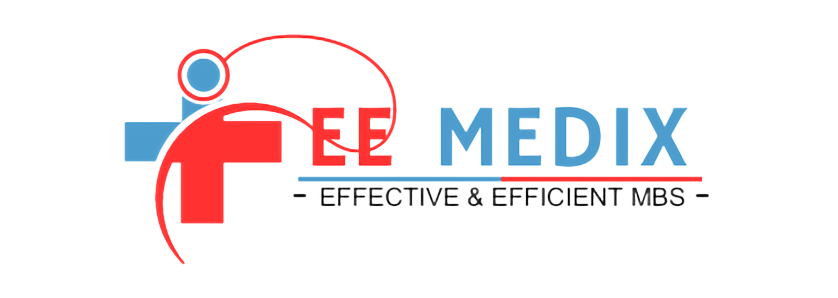Introduction
In today’s fast-paced business world, mastering revenue cycle management (RCM) is essential for any organization looking to boost its bottom line. RCM is the process of effectively managing the financial aspects of a business, from patient or customer registration to the final payment collection. In this article, we will dive deep into the world of RCM and explore strategies to help you maximize revenue and streamline your financial processes.
Table of Contents
Understanding the Revenue Cycle Management
Key Components of RCM
- Patient Registration and Insurance Verification
- Charge Capture
- Coding and Billing
- Claims Submission
- Payment Posting and Reconciliation
- Denial Management
- Importance of Effective RCM
- RCM Best Practices
- Invest in Technology
- Staff Training and Education
- Regular Audits and Reviews
- Streamlining Workflows
Now, let’s delve into the details of each section to master revenue cycle management and boost your bottom line like a pro.
1. Understanding the Revenue Cycle
The revenue cycle encompasses all the steps involved in receiving and processing payments for your products or services. It begins when a patient or customer registers for your services and ends when you successfully collect the payment. Understanding each stage of this cycle is crucial for optimizing your revenue.
2. Key Components of RCM
Patient Registration and Insurance Verification
Efficient RCM starts with accurate patient registration and insurance verification. Errors at this stage can lead to payment delays and denials, making it essential to get it right the first time.
Charge Capture
Once a service is provided, it’s crucial to capture all charges associated with it. Missing charges mean missed revenue, so having a streamlined process for charge capture is essential.
Coding and Billing
Coding and billing are intricate processes that require precision. Proper coding ensures that you receive the maximum reimbursement for the services provided.
Claims Submission
Submitting claims promptly and accurately is vital to ensure you get paid on time. Delays or inaccuracies in claims submission can lead to revenue loss.
Payment Posting and Reconciliation
Efficient payment posting and reconciliation processes help you track payments and identify any discrepancies quickly.
Denial Management
Managing denials is a critical aspect of RCM. Identifying the reasons for denials and addressing them promptly is key to maximizing revenue.
3. Importance of Effective RCM
Effective RCM is not just about maximizing revenue; it also ensures the financial stability of your organization. It reduces the risk of revenue leakage, improves cash flow, and enhances the overall financial health of your business.
4. RCM Best Practices
Invest in Technology
Leveraging RCM software can automate many processes, reduce errors, and increase efficiency. Investing in the right technology can significantly improve your revenue cycle management outcomes.
Staff Training and Education
Well-trained staff are essential for effective RCM. Regular training and education programs keep your team up-to-date with changing regulations and best practices.
Regular Audits and Reviews
Conducting regular audits and reviews of your RCM processes can help identify areas for improvement and prevent revenue leakage.
Streamlining Workflows
Streamlined workflows reduce bottlenecks and ensure a smooth RCM process from start to finish. Identify and eliminate unnecessary steps.
5. The Benefits of Mastering RCM
Mastering revenue cycle management offers numerous benefits, including increased revenue, improved cash flow, reduced billing errors, and enhanced patient or customer satisfaction.
6. Common Challenges in RCM
Changing Regulations
Frequent changes in healthcare regulations can pose challenges for RCM. Staying compliant is essential to avoid penalties.
Data Security
Protecting patient or customer data is paramount. Data breaches can be costly and damage your reputation.
Staff Turnover
High staff turnover can disrupt your RCM processes. Retaining skilled employees is essential for consistency.
Billing Errors
Billing errors can lead to denials and payment delays. Implementing error-checking mechanisms can help reduce these issues.
7. Case Study: Successful RCM Implementation
Explore a real-world example of an organization that successfully implemented RCM strategies and significantly improved its financial health.
8. Conclusion
Mastering revenue cycle management is a vital step toward boosting your bottom line like a pro. By understanding the key components of RCM, adopting best practices, and addressing common challenges, you can optimize your revenue and ensure the financial stability of your organization.
9. FAQs
What is Revenue Cycle Management (RCM)?
Revenue Cycle Management (RCM) is the process of effectively managing the financial aspects of a business, from customer or patient registration to payment collection.
How can technology improve RCM processes?
Technology can automate RCM processes, reduce errors, and increase efficiency, leading to better financial outcomes.
What are the potential risks of poor RCM?
Poor RCM can result in revenue leakage, cash flow problems, billing errors, and dissatisfied customers or patients.
How does RCM impact healthcare organizations?
RCM is critical for healthcare organizations as it ensures they receive proper reimbursement for services rendered, maintaining financial stability.
Is outsourcing RCM services a good option for small businesses?
Outsourcing RCM services can be a cost-effective solution for small businesses, allowing them to focus on core activities while experts handle revenue management.
In conclusion, mastering revenue cycle management is an investment that pays off in the long run. By implementing best practices, leveraging technology, and staying informed about changing regulations, you can boost your bottom line and ensure the financial health of your organization. Don’t let revenue slip through the cracks—take charge of your financial processes and reap the rewards

